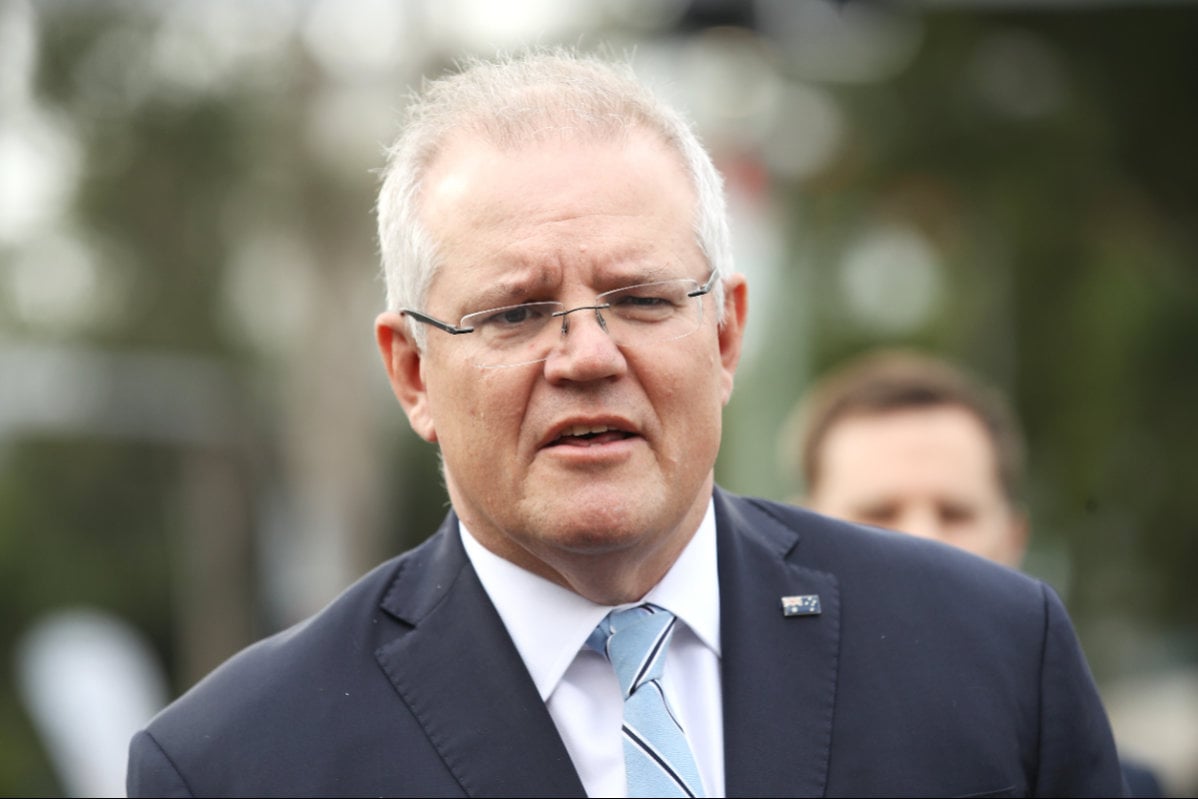
Australia has 89 days until the end of the JobKeeper scheme, as economists predict the end of September will be like an 'economic cliff'.
When Prime Minister Scott Morrison introduced the government's coronavirus subsidy schemes, he indicated that the economy will go into "hibernation" with hope that "on the other side, the employees come back, the opportunities come back, the economy comes back".
But now, as the end-date of late September looms, that optimistic outlook is overshadowed by the reality of a recession, triggered by an ongoing pandemic.
Here's what we know about what the end of September means for Australia.
When does JobKeeper end?
At this stage, all JobKeeper payments will cease to exist on September 27. Currently, there are 3.5 million Australians who have been able to keep their jobs thanks to the $1500 fortnightly payment.
And it's not the only subsidy ending in late September. On September 24, the coronavirus supplement for those on welfare will stop too. This extra payment of $550 a fortnight goes to 1.6 million unemployed workers on JobSeeker, plus a range of other welfare recipients.
Late September marks six-months since both schemes were implemented as a 'lifeline'.
Listen to The Quicky, Mamamia's daily news podcast. Post continues below.
What impact will the end of JobKeeper have on the economy?
Mamamia spoke to finance expert Steve Mickenbecker, Canstar’s Group Executive, about the 'economic cliff' expected to occur.
"If JobKeeper disappears altogether come September, then some businesses won't make it. That's kind of inevitable," Mickenbecker explains.
